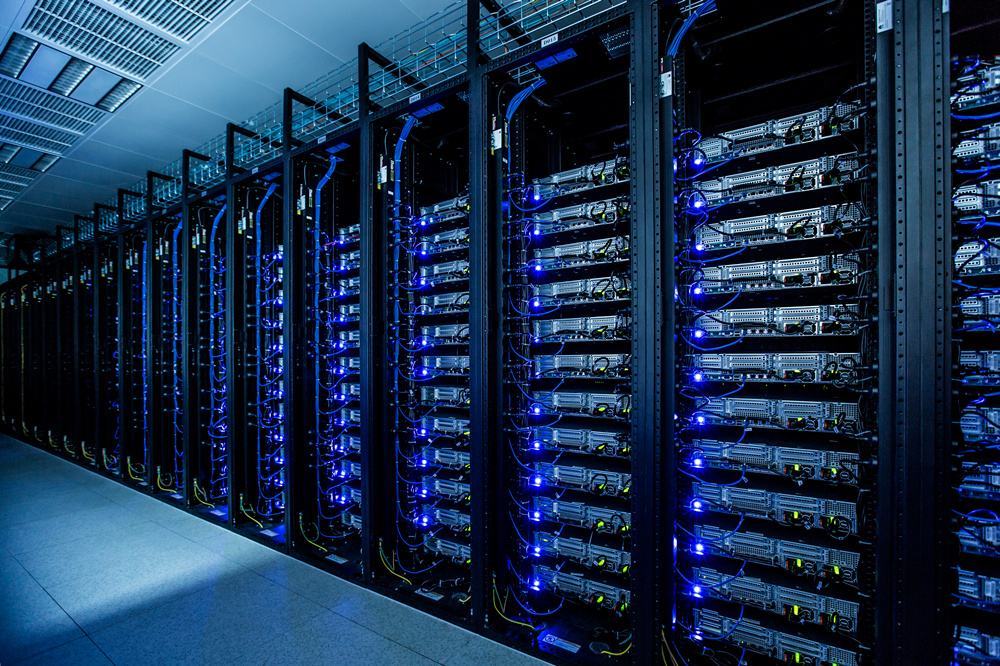The data center optical module market is characterized by continuous joint industry efforts to evolve the standards towards higher speeds. For leaf and spine switch interconnectivity, FR4 and DR4 modules become available that push the boundaries towards 800G per module and even higher.
Transceiver vendors compete to offer the longest optical module lifetime in harsh operating conditions, optimized price/performance ratios, and openness to new technologies. Photonic integration technology, built upon silicon indium-phosphide platforms, is gradually takes more market share.
Out solution of hybrid integration of mainstream low cost PIC technology with high speed TFLN modulator capabilities provide the pathway towards the next generation of data center pluggables. This compatibility facilitates seamless incorporation into existing architectures.
Several attributes make our technology the perfect candidate for data center applications
- High speed modulation that surpasses the performance of competing technologies
- Low cost manufacturing process suitable for mass production
- Simplifies assembly process for optical transceivers and improves yield
- Better signal integrity due to improved linearity and RF matching and low drive voltage
- Low power consumption and good efficiency thanks to the low optical insertion loss
- High reliability and stable performance under harsh operating conditions

More Markets
Data Centre Interconnect (DCI)
Data Center Interconnect (DCI) enables the seamless connection and data exchange between geographically dispersed data centers. It ensures efficient communication, high-speed data transfer, and improved redundancy across multiple sites.
Co-packaged Optics
Co-packaged optics and on-board optics integrate optical and electronic components into a single package, minimizing latency and power consumption in data transmission, to enhance the performance and efficiency of high speed data centers and optical computing.
LIDAR
LIDAR (Light Detection and Ranging) is a remote sensing technology that uses laser pulses to measure distances and create high-resolution 3D maps of environments. It is widely used in applications like autonomous vehicles, mapping, and environmental monitoring.
Get in touch today
We’d love to hear from you! Whether you have a question, feedback, or need support, feel free to reach out.
